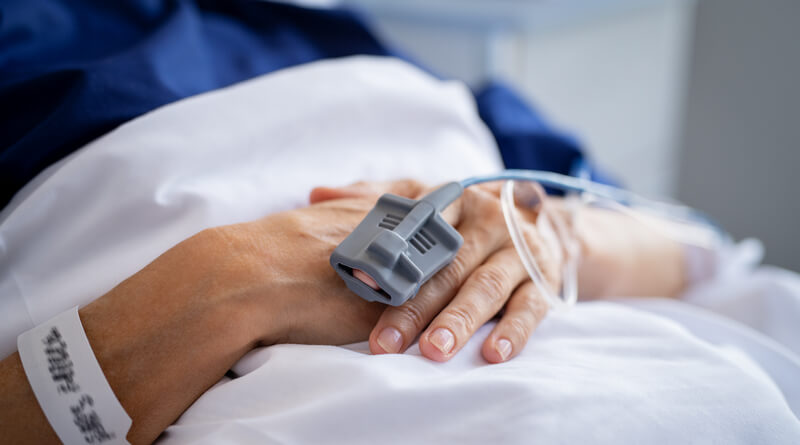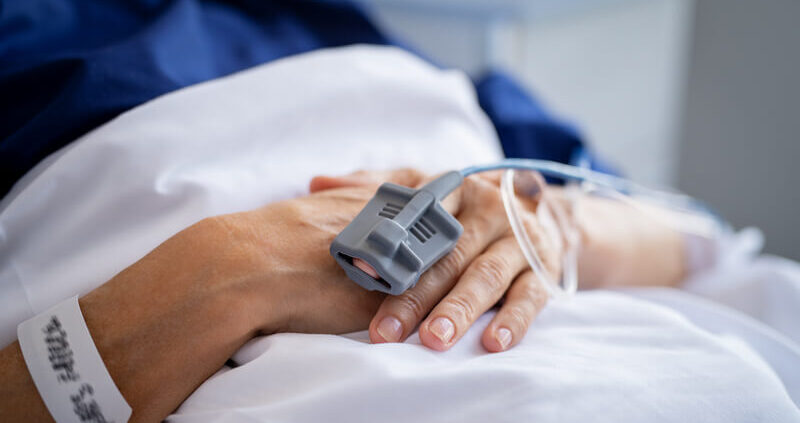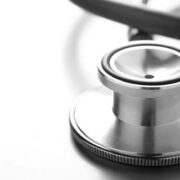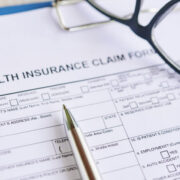4 Ways to Use Technology to Enhance Patient Safety

Patient safety is all about avoiding unexpected/ unintended harm to patients when undergoing treatment. Prioritizing patient safety helps establish an environment where excellent patient care is possible. Providing better patient care results in better patient outcomes and prevents medication errors while making it easier to control infection issues.
Ensuring patient safety minimizes the risk of costs associated with patient harm, including medication administration mistakes, litigation expenses, patient misidentification, and more. Fortunately, the right technology can help elevate patient safety. Discussed below are four ways to use technology to enhance patient safety.
Boost Food Safety
Food safety refers to how food is prepared, stored, and handled to prevent contamination and food-borne diseases. Outbreaks resulting from poor food safety in hospitals can be life-threatening. Since healthcare settings are infection sources, instituting rigorous safety procedures is crucial to helping ensure harmful microorganisms, such as viruses and pathogens, don’t disseminate among the hospital staff, patients, and visitors. Contaminated food is one of the common transmission methods.
By implementing a robust food safety program, including food technology, hospitals can prevent food safety concerns and safeguard patient health. For instance, investing in food metal detectors from trusted industry experts, such as TDI Packsys, can help hospitals and other healthcare facilities detect metal traces in food, curbing food contamination and saving lives.
Prevent Falls
It’s estimated that 700,000 to 1 million hospitalized patients fall every year. Such falls may result in significant injuries or even fatalities. With the help of fall technology, healthcare institutions can improve patient safety by reducing the risk of falls. Fall prevention technology comes in various forms, including:
- Artificial intelligence: This fall prevention technology is among the most advanced. When used in conjunction with in-room sensors, this technology detects the symptoms of patients attempting to get up and notifies nurses before they leave the bed or chair for prompt action.
- Virtual sitters: This technology combines video monitoring and human sitters. Virtual sitters usually watch patient room live streams and then call a nurse to assist when they notice patients getting up. They can also communicate with patients.
- Pressure pads: These are positioned under a patient and notify the hospital staff when they try to get up.
Avoid Medication Errors
Medication errors can increase a patient’s stay in hospital and lead to other harmful effects, including:
- Hospitalization
- Disabilities
- Life-threatening situations
- Death
- Congenital disabilities
Poor communication between care team members significantly contributes to the possibility of medication errors happening. Luckily, taking the proper precautions and implementing the correct systems can help healthcare facilities enhance patient safety while promoting positive patient experiences. Applying the right technology can help improve care team communication, minimize possible medical errors, enhance medication safety, and better patient experience.
Health information technology helps boost patient safety. Implementing a software solution for incident reporting and patient safety provides a central team communication platform that everyone can easily access. It also helps healthcare institutions track medication mistakes easily. How Biometric Technology Is Used to Monitor Athletic Potential
Promote Diagnostic Accuracy
Medical professionals depend on patient diagnosis for effective treatment. However, if there’s an issue with the diagnosis, patients are likely to receive the wrong treatments or even die due to untreated illnesses. Digitized communication systems and diagnostic tools help ensure that patients are matched with the right diagnostic results and that providers can instantly access the results.
Endnote
While it’s every healthcare facility’s priority to ensure patient safety, it comes with many challenges. However, using the right technology correctly can help enhance patient safety.









Leave a Reply
Want to join the discussion?Feel free to contribute!